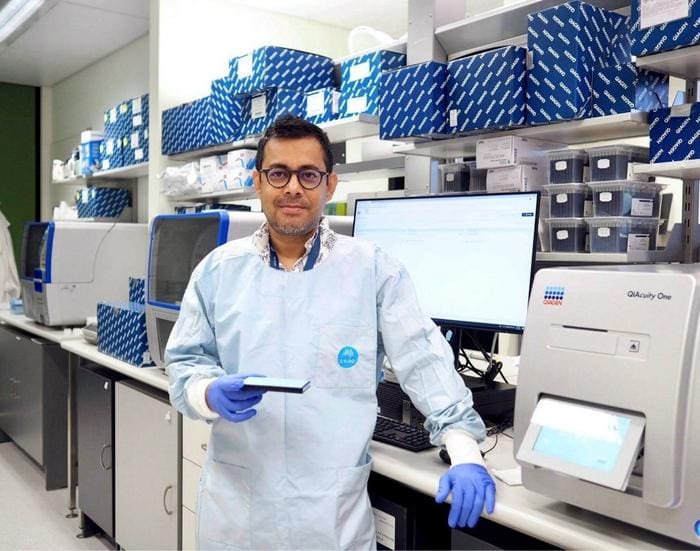Aircraft wastewater as an early warning system for the global spread of superbugs
Wastewater from aircraft toilets could become an innovative tool to monitor the global spread of antimicrobial resistant (AMR) superbacteria, which, as a silent pandemic, is expected to cause more deaths than cancer by 2050. A new study led by the Australian Science Agency CSIRO in collaboration with Xiamen University, the University of South Australia and Michigan Technological University shows that the analysis of aircraft wastewater can effectively track the global movement of antibiotic resistance genes.
The researchers examined wastewater samples from 44 international flights from nine countries that landed in Australia. In the process, they discovered nine high-priority pathogens, including multi-resistant germs that are often transmitted in hospitals. Using modern molecular techniques, the team analyzed the genetic signatures of the superbugs and their antibiotic resistance genes. Five of the nine superbugs were detected in all samples, while a gene that confers resistance to reserve antibiotics was found on 17 flights. This gene was not present in Australia’s urban wastewater, indicating introduction through international travel.

The findings, published in the journal Microbiology Spectrum, confirm the potential of aircraft wastewater as a low-cost and non-invasive monitoring tool. “Aircraft wastewater provides microbial fingerprints of passengers from different continents,” explains lead author Dr. Warish Ahmed of CSIRO. “They enable efficient monitoring of threats like AMR.”
The study showed geographical differences in the distribution of resistance genes. Flights from Asia, especially India, had higher concentrations of these genes than flights from Europe or the United Kingdom. Of the 44 flights, 18 were from India, 14 from the UK, six from Germany and the rest from countries such as France, the United Arab Emirates, Turkey, South Africa, Japan and Indonesia. “These differences could be due to varying antibiotic use, water hygiene, population density, and public health policies,” says Dr. Yawen Liu of Xiamen University.
The stability of the genetic markers was also tested: even in disinfected wastewater, nucleic acids remained stable for up to 24 hours, confirming the reliability of the method for long-haul flights. “International travel is a major driver of AMR prevalence,” Dr. Liu points out. “Monitoring aircraft wastewater could detect resistance genes before they establish themselves locally.”
The urgency of such surveillance systems is underscored by projections that predict over 39 million deaths from AMR by 2050. “Wastewater monitoring in aircraft could complement existing health systems and provide early warnings of new threats,” says Professor Nicholas Ashbolt from the University of South Australia. The study builds on previous work by CSIRO, which detected SARS-CoV-2 in aircraft wastewater during the COVID-19 pandemic, and demonstrates the potential of this method for global health surveillance.
“This is a proof-of-concept with real application potential,” Dr. Ahmed summarizes. “Airplane toilets could become an early warning system for public health.” The research illustrates how innovative approaches can strengthen the global fight against AMR and promote international cooperation.
Original Paper:
Read Also:
Around 40 million deaths expected from antibiotic resistance – MedLabPortal
Editor: X-Press Journalistenbû¥ro GbR
Gender Notice. The personal designations used in this text always refer equally to female, male and diverse persons. Double/triple naming and gendered designations are used for better readability. ected.




